
As mentioned in our October article (“By the Numbers: Make Better Decisions”), Optometrists as business owners need to set goals for their business year and make plans to attain them. There are three key success factors in ensuring your plan achieves your goals. Number one: monitor progress frequently. Number two: get buy-in from staff. Number three: strong leadership.
Set Goals with Input from Staff
The beginning of the year is a great time to make goals! We recommend setting aside time during office hours for a staff meeting that is dedicated to this agenda item alone. Start by communicating some of the goals you have in mind for the office. Goals can be anything from a Gross Revenue target, to how many patients you see a day, to reducing wait times. Ideally, allow the team the opportunity to help shape the goals and offer suggestions on how to attain them. Their contribution is what will lead to a higher probability of success.
To keep “eyes on the prize,” consistent reinforcement and updates are crucial. The most effective way is to have regular monthly or weekly staff meeting and a daily huddle. Big retailers do this well. Every day, the team gathers for ten minutes before the doors open and they discuss that day’s goals and targets. The huddle will look different from office to office depending on the goals.
For instance, here is what the huddles could look like for three different types of goals:
- Goal – Increase the Monthly Number of Patients Seen
Give a daily update on how many new patients and full exams you saw yesterday and the plan for today. Specify how many recalls need to get done and by who. Talk about what Google or Facebook ads will be running today. Ask the front desk staff how many parents/caregivers they will ask to book an appointment, and when they last had an eye exam. - Goal – To Increase Gross Revenue
Give a daily update on what gross revenue was achieved yesterday and the plan for today to hit that target. Each member of the team should outline what they are going to do today to contribute to the daily revenue target. - Goal – Reducing Wait Times
Give a daily update on the wait time yesterday and the plan for today. Each team member should outline what they are going to do to help the doctor stay on time.
Some offices print out a day-sheet beforehand and make notes that the rest of the team will review. Ideally, each team member would come prepared having reviewed each patient for the day. This type of planning provides two benefits. One: the staff can plan out who needs to be in which department and when. Two: staff will have a list of goals to accomplish for the day, which contributes to greater employee satisfaction.
Staff Looks to the Practice Owner for Leadership
Strong leadership is of utmost importance. The practice owner needs to make the team huddle a part of the work day and insist that all members of the team participate. The owner should lead the team huddle, emphasizing the information that is most important and asking clarifying questions when team members are sharing information.
Finally, the intent of the team huddle is to build energy. Therefore, keep the meeting short. Fifteen minutes is the maximum length of time it should take, five minutes is ideal.
Be sure to end the huddle on a high note. “We’ve got this! Let’s give every patient today the best experience possible.” Sincere encouragement goes a long way!

KELLY HRYCUSKO
is the co-founder and managing partner of Simple Innovative Management Ideas (SIMI) Inc. and expert Practice Management contributor for Optik magazine. She can be reached at info@simiinc.com.
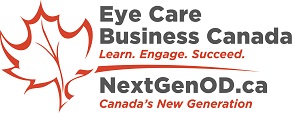


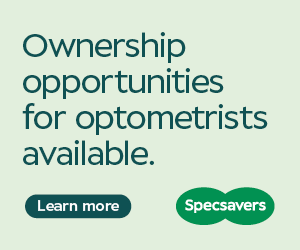
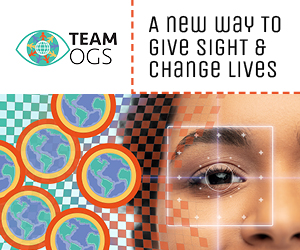


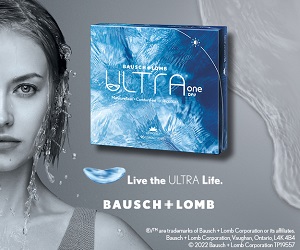
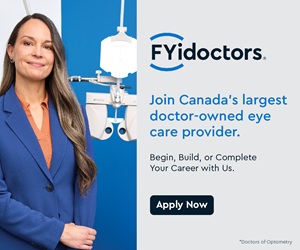

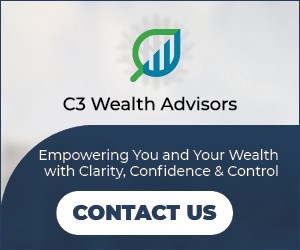





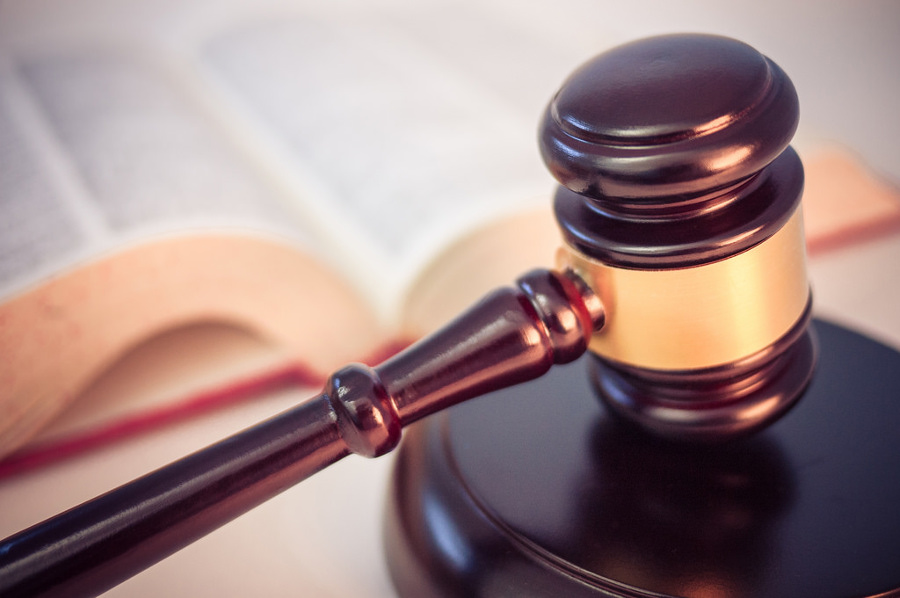


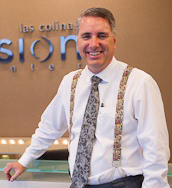










 Passion and principles, however, need to be grounded in an effective process to discover the patient’s needs and convert these into revenue opportunities. To do this, we ask all our patients to fill out a questionnaire, which helps us to assess their lifestyle and their visual needs. This questionnaire is a very important tool for us to begin and sustain our relationship with patients.
Passion and principles, however, need to be grounded in an effective process to discover the patient’s needs and convert these into revenue opportunities. To do this, we ask all our patients to fill out a questionnaire, which helps us to assess their lifestyle and their visual needs. This questionnaire is a very important tool for us to begin and sustain our relationship with patients.